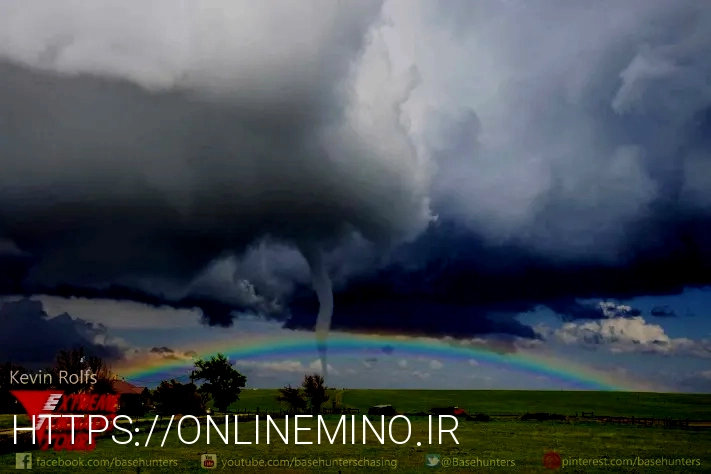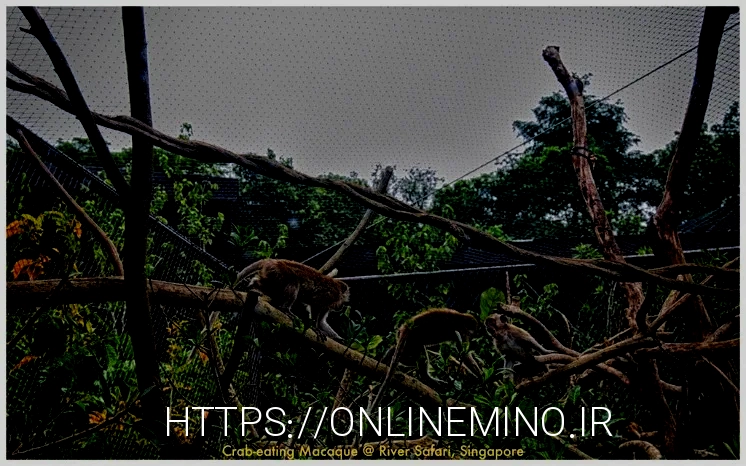Chimpanzee diet, Kibale Chimpanzee food, Learn Chimpanzee diet Kibale
The Kanyawara chimpanzees live in Kibale National Park, Uganda and eat forest foods. They are reported to prefer drupe-fruits (hereafter referred to as drupes) rather than figs (Wrangham et al., 1996). Drupes are rich in digestible energy and therefore considered as “high-quality foods” (Uwimbabazi et al., 2019; Wrangham et al., 1993). Unlike fig-fruits (hereafter referred to as figs) which are available and abundant all year round, drupes are rare and availability is unpredictable (Wrangham et al., 1996). During drupe-scarce periods, Kibale chimpanzees increase consumption of figs and non-fruit foods such as young leaves and pith (Uwimbabazi et al., 2019; Wrangham et al., 1996, 1991).
Evolutionarily we are all haunted by many pasts, pasts buried in each of our cells, organs or actions. Each bit of you has antecedents, half-dry clay into which natural selection’s ruthless cleaver has carved. Your mitochondria—those whirring motors of energy in your cells—are the descendents of ancient bacteria and bear their marks. Your lungs are the descendents of fish lungs; your arms are modified fins. But while we can consider the evolution of our arms by looking at the fossils of ancient fins, nearly everything we know about what we once ate, we know indirectly.

You eat differently because of choices you make and choices our societies have made (e.g., to produce huge quantities of the foods that most simply satisfy our ancient urges). You also eat differently because the species around you are different, unless you happen to own a greenhouse specializing in tropical African trees. But even if you were to abandon agricultural food and move into a forest in Tanzania you would still not eat exactly like a chimpanzee. By most reports the food chimpanzees eat tastes bad, at least to humans, (though, one hopes, not to chimpanzees). By some accounting the food chimpanzees eat is also insufficient to keep a human alive and fertile.
In chimpanzees, oral ingestive processing is done primarily by the anterior teeth2,38,42 (an example of such action can be found in Supplementary Movie 1). These feeding behaviours coincide well with morphology, as high forces and unique loading regimes are likely to be necessary in the husking of more mechanically challenging foods, such as those demonstrated at Issa. Unlike basal Miocene apes Animals that eat meat and later members of the human ancestral clade, chimpanzees have quite derived anterior teeth, most obviously in the size and morphology of the incisors43. Uniquely amongst hominoids, the lower incisors have converged to the morphology of the uppers43. Both upper and lower incisors therefore offer a large optimally angled cutting tool, well adapted for initiating and propagating fracture in foods46.

The chimps showed constraint a majority of the time—and waited for their food to be cooked. Previously, various animals have been shown to have a preference for cooked vegetables and meats, which are softer and easier to digest. But the suite of intellectual abilities required to make the leap to preparing cooked food had been widely thought to be limited to humans.
These two countries, as well as Guinea, are seen as the last strongholds for the Western chimpanzee. The arm span of a chimpanzee is approximately 50% longer than their body length. (By comparison, human arm spans are usually equal to or slightly above our height). Their hands feature long fingers and short thumbs, which are specialized for climbing trees and picking fruit. Interestingly, fossil records show that human hands are actually more primitive than chimpanzee hands. That is to say, our hands have gone relatively unchanged since we separated from chimpanzees, while their hands have developed a structure more suitable to their environment.

Ngogo—The Ngogo study area is situated centrally in the Kibale National Park in south-western Uganda7,56. The park consists of an area of 795 km2, dominated by moist evergreen, with some seasonally deciduous, forest. Tree species are a transition between montane and lowland forest7,56 (Fig. 1a). The area receives high rainfall with the yearly average ranging from 1400 to 1600 mm.


